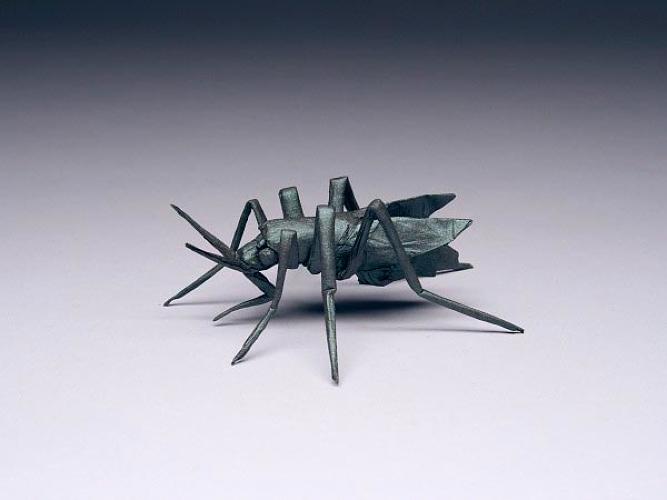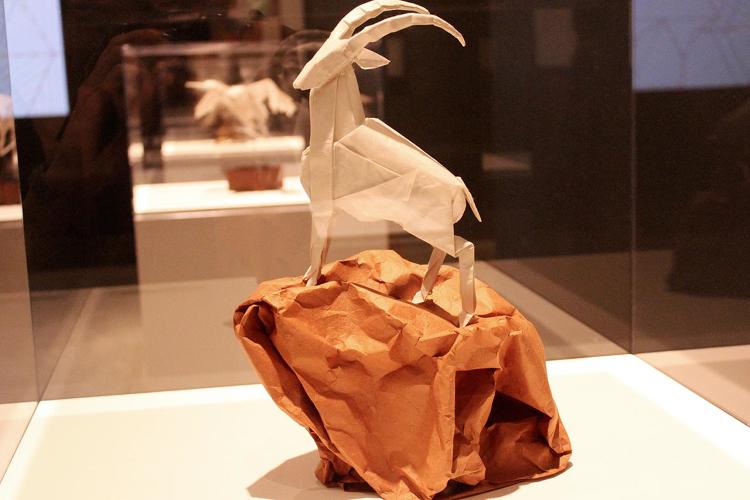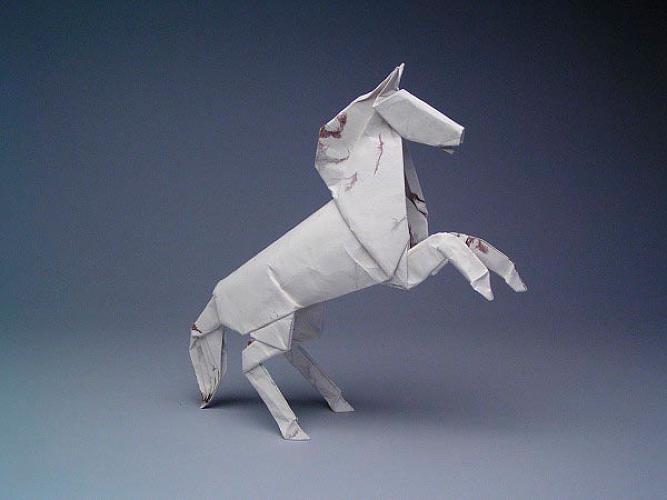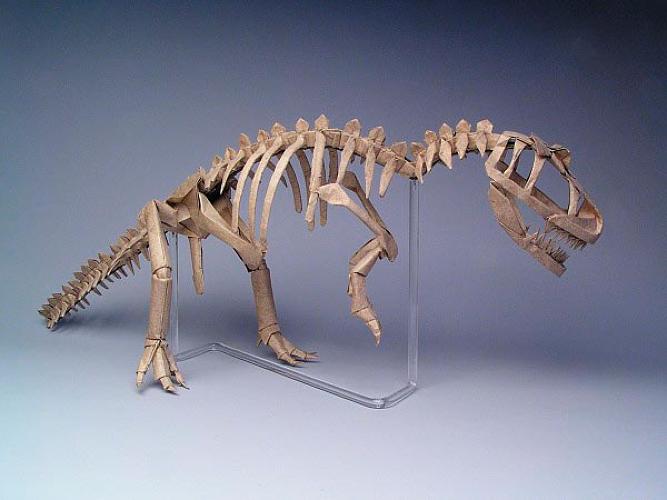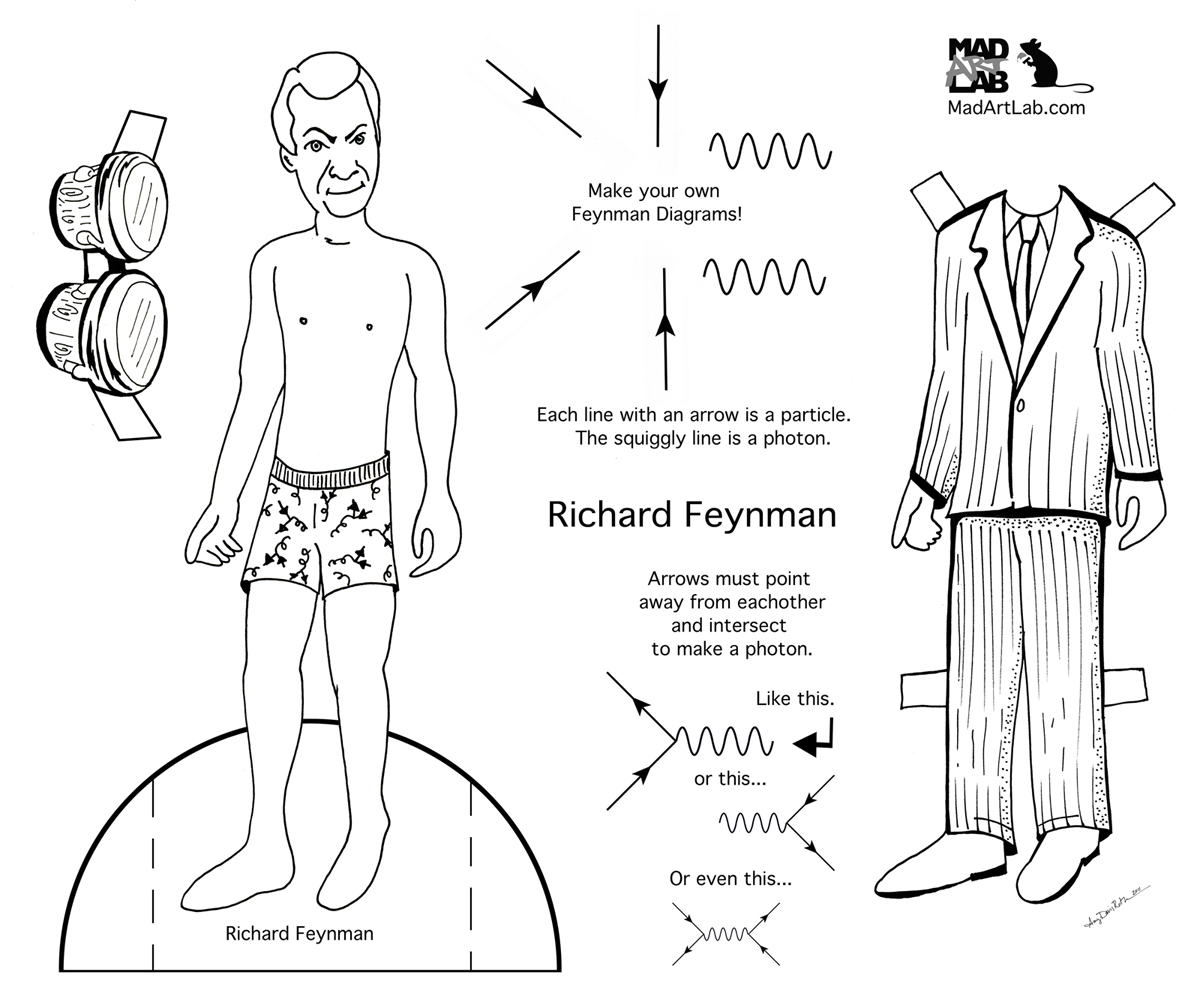It's all in the title. The
Beautiful Chemistry project is a collaboration between the Institute of Advanced Technology at the University of Science and Technology of China and Tsinghua University Press. They used a 4K UltraHD camera and special lenses to capture chemical reactions in astonishing detail. At the molecular scale, they used advanced computer graphics and interactive technology to showcase beautiful chemical structures.
Here are a few of my favorities:
Precipitation: The creation of a solid in a solution or inside another solid during a chemical reaction or by diffusion in a solid. These reactions occur when cations and anions in aqueous solution combine to form an insoluble ionic solid.
This video shows 5 precipitation reactions, each with its own “personality”. The first is a "typical" reaction we see a transparent solution in a test tube at the beginning and a cloudy liquid at the end after adding a few droplets of another solution. However, when we used cubic glass cells to replace test tubes and took a much closer look, their unique beauty was revealed.
Metal Displacement: Oxidation/reduction reactions between metals and metal ions
In this video they dropped zinc metal in silver nitrate (AgNO
3), copper sulfate (CuSO
4), and lead nitrate (Pb(NO
3)
2) solutions. Then they recorded the emergence of silver, copper, and lead metals. To preserve the fragile structure of lead metal, they also added sodium silicate (Na
2SiO
3) and acetic acid (CH
3COOH) to the solution to make it gelatinize.
Supramolecular Nanotube:
They made this image based on J. Am. Chem. Soc.
130, 9434 (2008), an atomic model provided by Prof. Wusong Jin & Prof. Takuzo Aida.
DNA Nano-spaceship:
This model was based on Science
338, 1177 (2012), an atomic model provided by Prof. Yonggang Ke and Prof. Peng Yin.
See lots more over at
Beautiful Chemistry.
![]()






